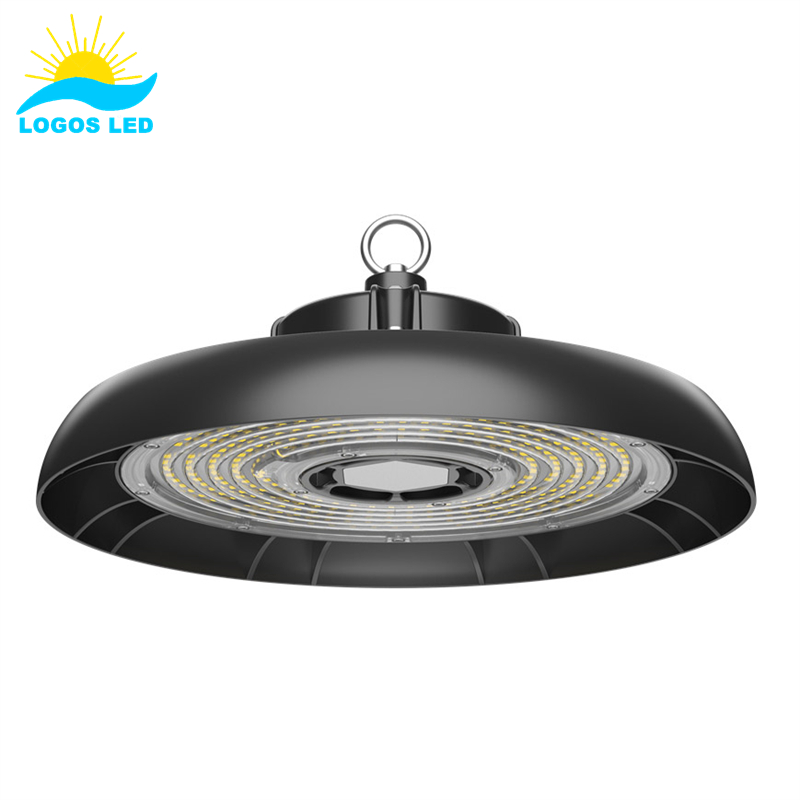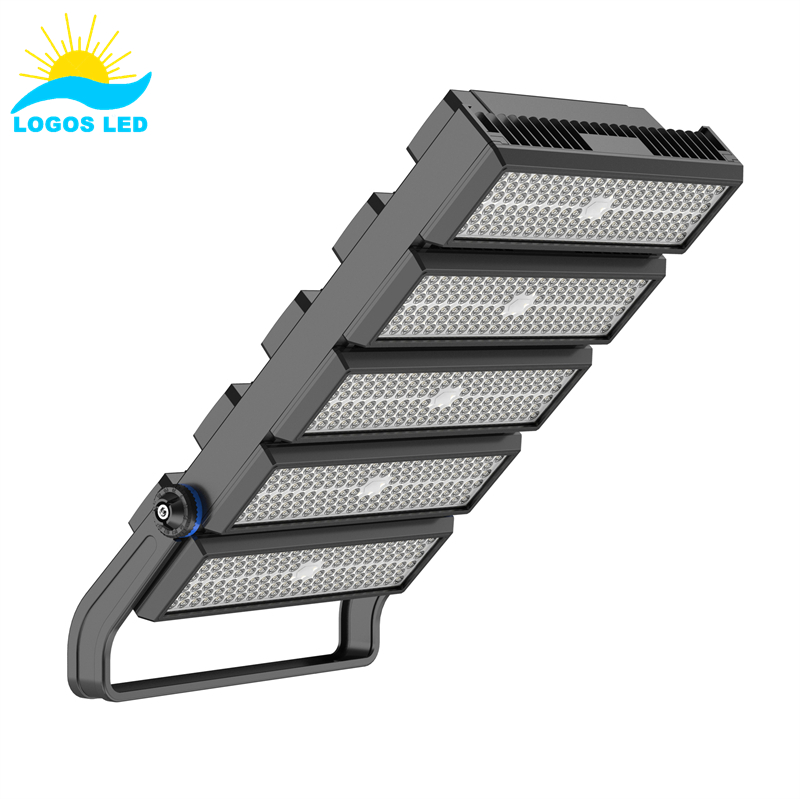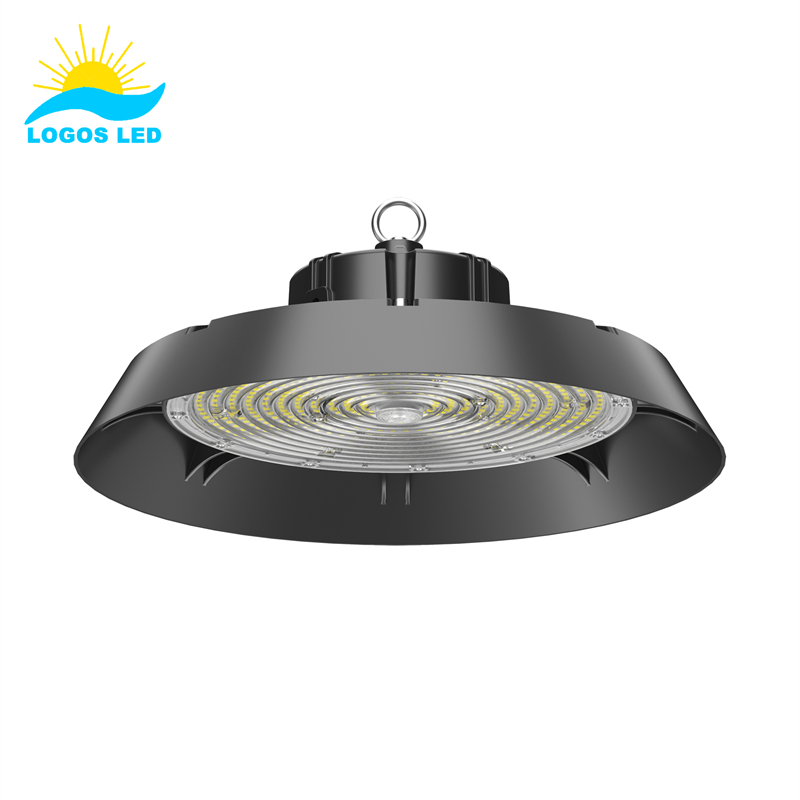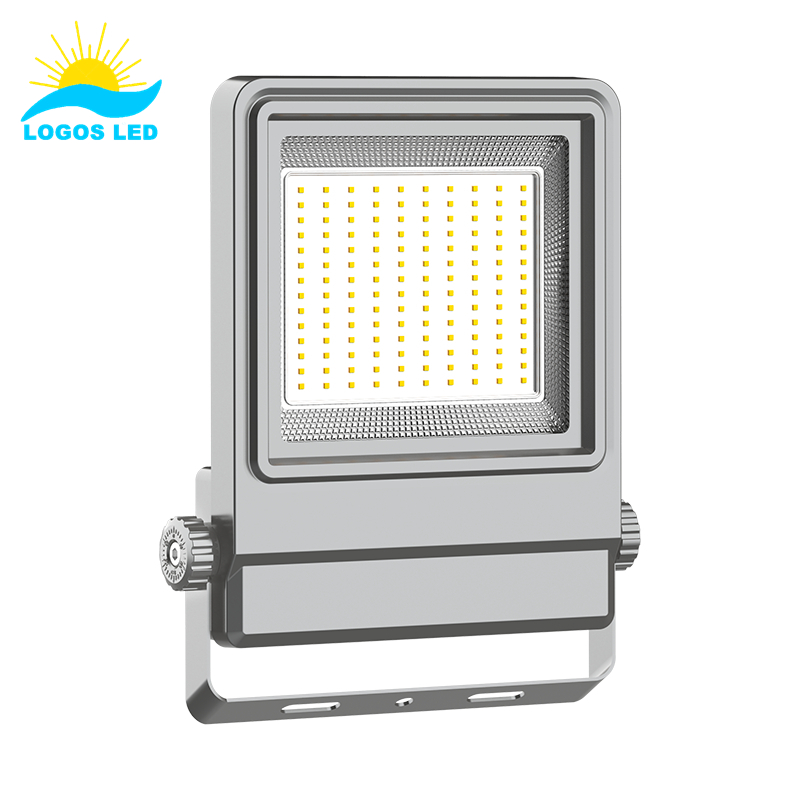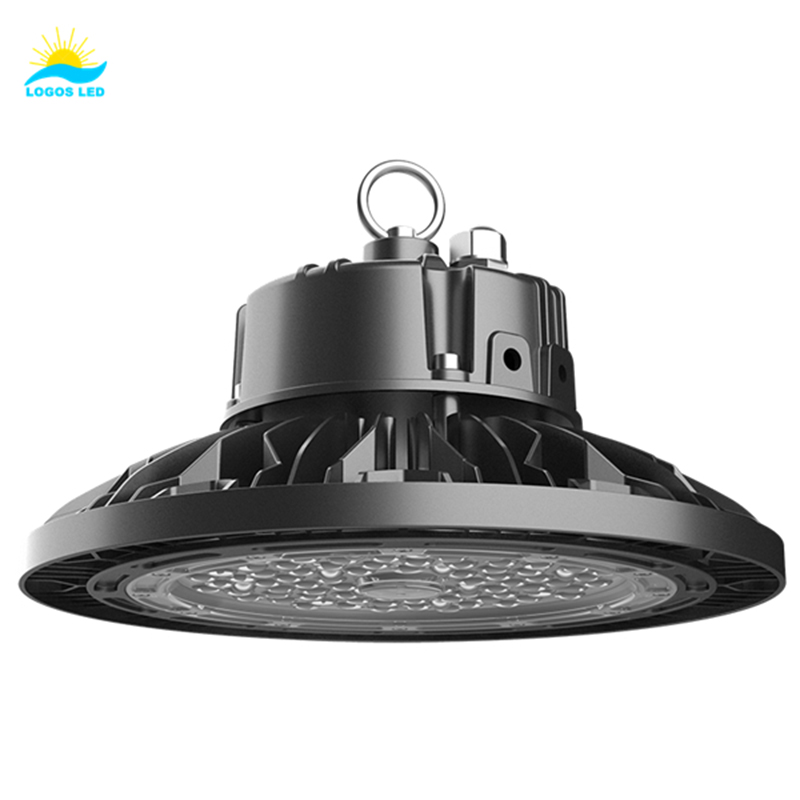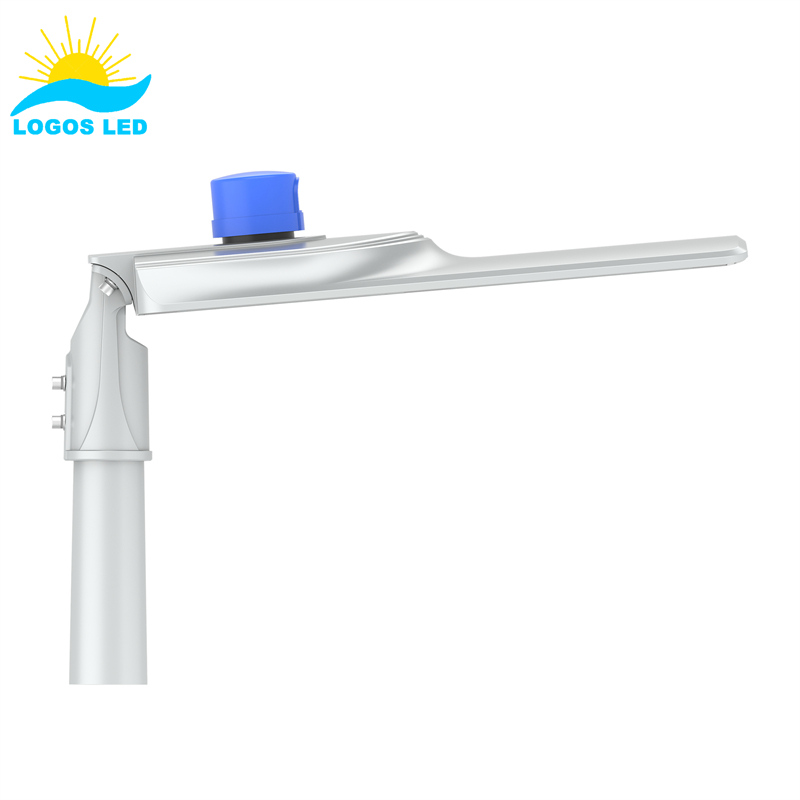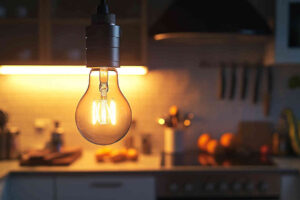Have you ever worried about LED lights causing headaches, hurting your eyes, or affecting sleep? These doubts can cause real fear. But what if these fears are exaggerated or misunderstood? Let’s clear this up now.
LED lights are generally very safe compared to traditional lighting. While there are concerns about blue light hazard and potential disruption to our circadian rhythm, science has shown these risks to be minimal in typical everyday use. Unlike fluorescent bulbs, LED lighting emits almost no UV or infrared radiation, making them better for overall health. Still, using quality LED products designed with proper safety standards plays a huge role. With good choices, you easily enjoy the many health and efficiency benefits of LED lighting without worry.
Sound good? Wait till you see what else you can discover about LED lighting safety!
Table of Contents
What Exactly is LED Lighting, Anyway?
LED stands for “light-emitting diode,” a small electronic part that creates light when electricity passes through it. LEDs are highly energy-efficient, using much less power than old-style bulbs. One real benefit is that LEDs don’t burn out quickly and can last for years without needing replacements. LED lights don’t produce heat the same way traditional bulbs do, making them safer to touch and handle. You see LEDs in everything from street lights and cars to homes and factories. If you have purchased LED lights recently, you already know they give off bright, clear, and consistent illumination wherever you place them.
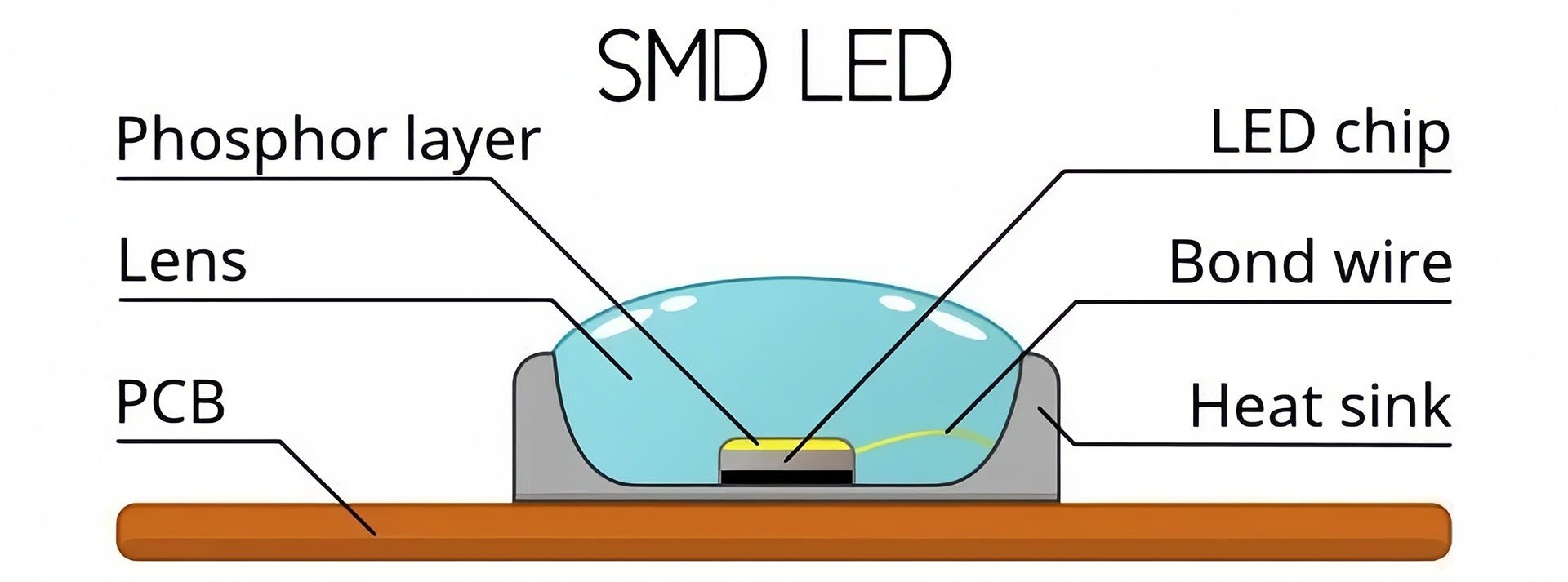
Are there real health risks with LED lights?
Many people ask about LED lighting health risks. The truth is, LED lights are very safe when correctly designed and used correctly. Some people worry LED lights expose them to harmful UV and infrared emissions, like those in some fluorescent bulbs or incandescent lamps. But LEDs produce virtually no ultraviolet (UV) or infrared radiation, making them safer choices. Still, buying cheap, low-quality LEDs can introduce unnecessary hazards. Always select LED lights with good manufacturing standards—trusted brands using recognized LED chips and drivers—so you know you’re getting devices designed with your safety and health in mind.
Can LED Lights Really Cause Damage to My Eyes?
One worry folks often share with me is the so-called blue light hazard. Some studies found that too much blue light—the high-energy part of the visible spectrum—might affect eye health. However, typical household and business LED lights don’t emit dangerous blue light levels. Eyestrain from LED lights is more about poor quality, flicker, or brightness levels set too high. Properly designed LED lights made by reputable companies ensure you don’t experience discomfort or eyestrain. Plus, simple habits like avoiding staring directly into bright LEDs for long periods can help you stay comfortable and healthy.

Do LED Lights Cause Sleep Disruption?
You’ve probably heard that staring at bright screens or certain LED lights before bedtime makes sleep harder. This could be true when bright blue-rich lights interrupt your circadian rhythms—the body’s natural clock. Circadian rhythm disruption is indeed a concern in modern lifestyle. The good news is you easily control your exposure. Choose warm-colored LED lighting before bedtime, use lamps or LEDs clearly labeled “warm white,” and avoid bright blue-toned lights at night. Following these simple rules ensures you keep natural rhythms intact while still enjoying the LED lighting benefits.
How Do LED Lights Compare with Fluorescent in Terms of Safety?
LED lights offer several safety advantages over fluorescent lights. Primarily, LEDs do not contain mercury, a toxic substance found in fluorescent bulbs that poses health risks if the bulbs break. This absence of hazardous materials makes LEDs safer for both individuals and the environment. Furthermore, unlike fluorescents, LEDs typically do not emit UV radiation, which can be harmful in large quantities.
LEDs are also robust and durable, which reduces the risk of breakage and associated hazards. Their solid-state design allows them to withstand various environmental conditions, making them a safer option for diverse settings. Additionally, LED lights have low energy consumption and long lifespans, contributing to reduced maintenance and handling, further minimizing potential safety issues. These factors collectively make LEDs the safer choice in lighting technology.
Does LED Lighting Produce UV and Infrared Radiation?
This is an essential question. Unlike many older lighting solutions, LEDs don’t purposely produce ultraviolet (UV)—associated with sunburns and certain skin issues—or infrared radiation, used by traditional bulbs as a heat byproduct. A tiny, insignificant amount of UV radiation can sometimes leak from very cheap LEDs, but reputable brands using quality components completely avoid these issues. LED lights, by design, remain among the safest and cleanest options available to consumers today, with no measurable impact on human health from UV or infrared exposure.
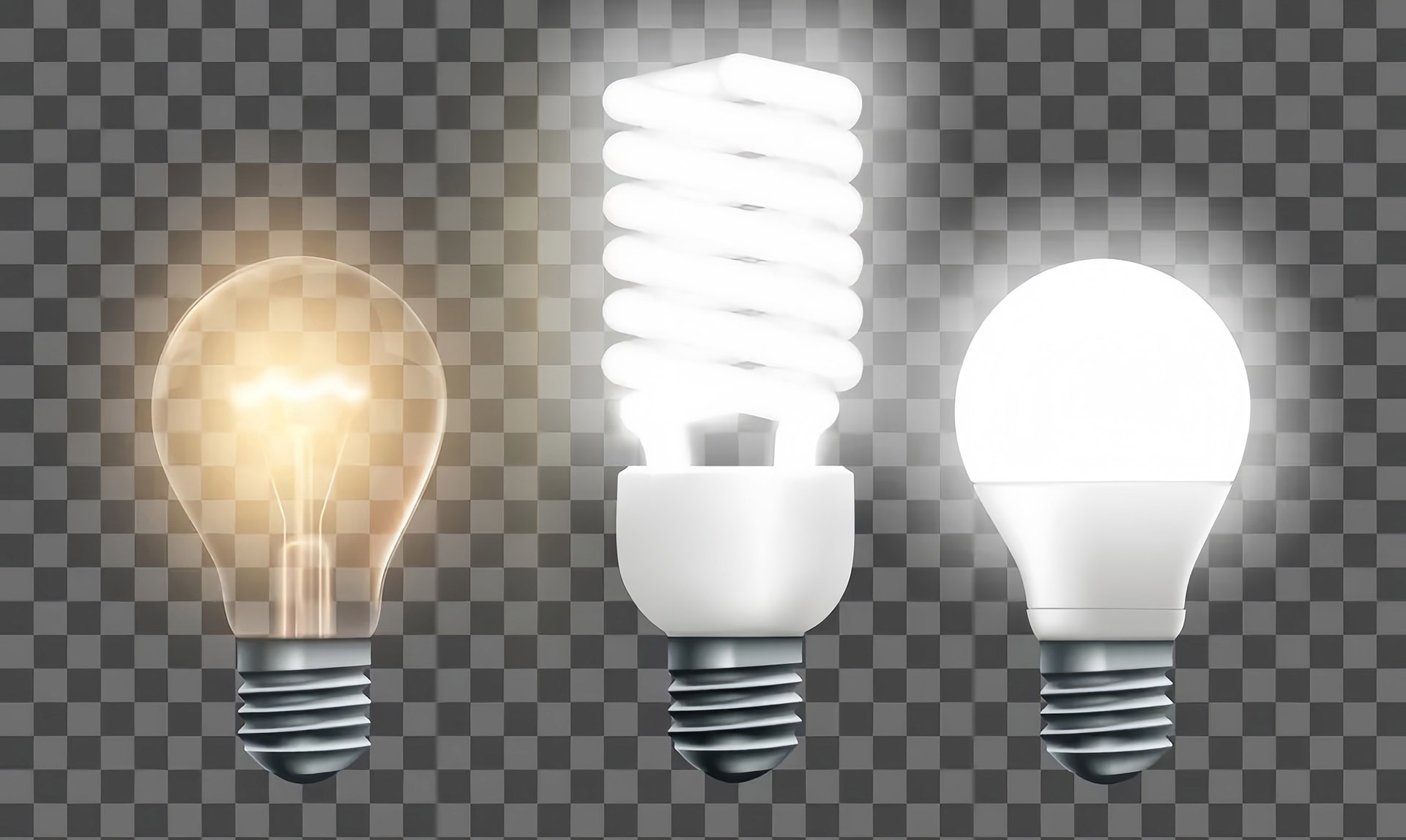
Common Misconceptions About LED Lighting
Common misconceptions about LED lighting persist despite its proven advantages. Here are several key myths debunked:
1. LEDs Are Too Expensive
Many believe LEDs have prohibitively high upfront costs. While initial prices can be higher than traditional bulbs, LEDs offer massive long-term savings due to significantly lower energy consumption and longer lifespans. Reduced maintenance and available rebates further offset initial expenses, making LEDs cost-effective over time.
2. LED Lights Are Too Harsh or Cold
A common notion is that LEDs emit unpleasant, excessively bright, or cold bluish light. In reality, modern LEDs come in a wide range of color temperatures—from warm white that mimics incandescent bulbs to cool white that resembles daylight. Many are dimmable, allowing users to adjust brightness and create comfortable, inviting atmospheres.
3. LEDs Aren’t Bright Enough
Some think LEDs cannot match the brightness of incandescent or fluorescent lights. Brightness is measured in lumens, not watts. LEDs produce equal or greater lumens at much lower wattage. For example, an 8W LED can match the brightness of a 60W incandescent bulb, making LEDs highly efficient without sacrificing illumination.
4. LEDs Don’t Last Forever
While LEDs have exceptional longevity compared to traditional bulbs, they do not last indefinitely. Their lifespan is significantly longer, reducing replacement frequency and maintenance costs, but eventual degradation occurs.
5. LEDs Can’t Handle Harsh Conditions
Contrary to the belief that LEDs are fragile, modern LED fixtures are built to withstand extreme weather and environments. Many have high IP ratings, making them waterproof, dustproof, and even explosion-proof, suitable for outdoor, industrial, and hazardous locations.
6. LEDs Produce Too Much or Too Little Heat
Some assume LEDs either overheat or don’t produce enough heat. LEDs generate some heat but far less than incandescent or halogen bulbs. They are designed with heat sinks to dissipate heat efficiently, maintaining optimal performance without overheating.
7. LEDs Have Limited Color Range
Early LEDs had narrower color options, but today’s LED technology offers a broad spectrum of colors and color temperatures, including RGB and warm amber tones, allowing for versatile lighting design.
8. LED Lights Cause Eye Strain
There is a misconception that LEDs cause eye strain or headaches. High-quality LED lights with advanced dimming controls provide comfortable lighting without strain. Proper selection of color temperature and brightness is key to eye comfort.
By understanding these myths and the facts, consumers and businesses can make informed decisions and fully benefit from LED lighting technology.
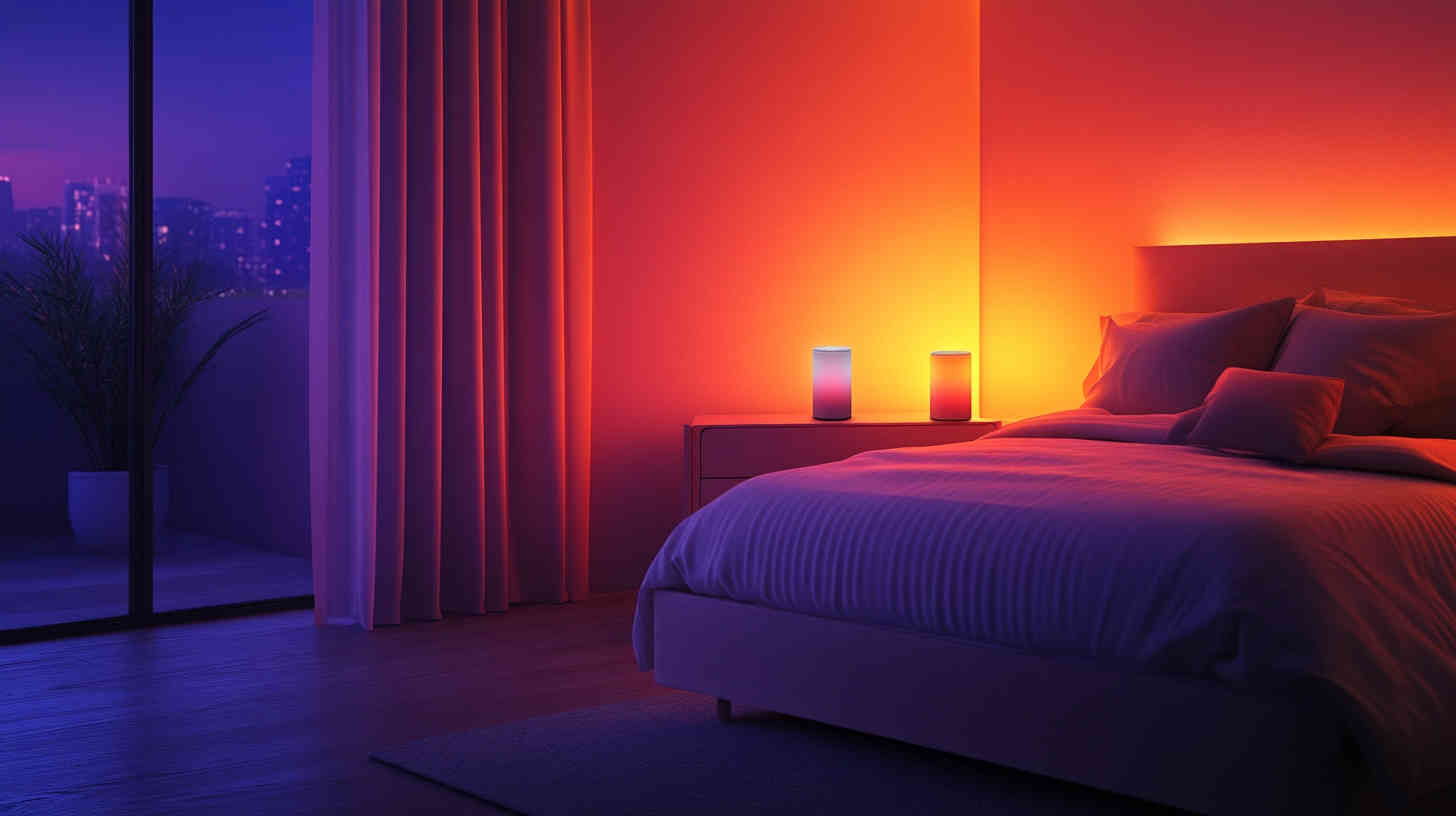
Are LED Lights OK to Use in my Home and Workplace?
Certainly! LEDs are an excellent choice for both homes and workplaces. They are favored by lighting engineers as replacements for older lighting systems because of their efficiency and versatility. In homes, LEDs provide bright, consistent lighting that enhances the ambiance of living spaces. They are available in a variety of color temperatures, allowing you to tailor the warmth or coolness of the light to suit your preferences.
In workplaces, including offices, warehouses, and factories, LEDs offer superior illumination compared to traditional lamps. They enhance visibility, which can boost productivity and safety. Since LEDs generate minimal heat, they greatly reduce the risks of fire hazards or accidental burns, making them a safer option in environments where safety is a key concern.
Modern LED luminaires also deliver steady, flicker-free light, reducing eye strain and creating a comfortable visual environment. This is especially beneficial in settings where people spend extended periods, like home offices or manufacturing floors.
Moreover, LEDs are energy-efficient, which translates to lower electricity bills and a reduced carbon footprint. Their long lifespan means fewer replacements, saving on maintenance costs. Overall, whether you’re modernizing your home or upgrading your workplace, LEDs provide a safe, economical, and effective lighting solution.
Ways to Choose Healthy LED Lighting Solutions
When choosing healthy LED lighting solutions, several factors should be considered to support physical well-being, circadian rhythms, and overall comfort. Here are key ways to select LED lighting that promotes health:
-
Choose Appropriate Color Temperature
- Mimic Natural Light: Select LED lights that imitate natural daylight patterns. Cooler color temperatures during the day can boost alertness and focus, while warmer tones in the evening promote relaxation and support healthy sleep cycles.
- Human-Centric Lighting (HCL): Consider tunable or smart LED lighting systems that adjust color temperature throughout the day to simulate the sun’s natural progression, aligning with your circadian rhythm and improving sleep-wake cycles.
-
Opt for High-Quality, Certified LED Bulbs
- Certification: Choose LEDs with certifications to ensure consistent brightness, color quality, longevity, and minimal flicker, which can reduce eye strain and headaches.
- Avoid Low-Quality LEDs: Non-certified bulbs may flicker, shift color, or have uneven light output, negatively affecting comfort and health.
-
Consider Brightness and Lumens for Task Appropriateness
- Match Brightness to Activity: Use higher lumens for task lighting to improve visibility and reduce eye strain; lower lumens and softer light for relaxation areas.
- Avoid Overly Harsh or Dim Lighting: Proper brightness levels help prevent headaches and discomfort, especially for those sensitive to light.
-
Use Lighting Controls and Dimming Features
- Adjustable Light Levels: LED lighting paired with dimmers or smart controls allows customization of light intensity to suit individual preferences and reduce glare or flicker that can trigger headaches.
- Reduce Blue Light Exposure at Night: Controls that limit blue light in the evening help maintain melatonin production and support restful sleep.
-
Ensure Flicker-Free and Even Light Distribution
- Minimize Flicker: Flickering lights can cause eye strain, headaches, and discomfort. High-quality LEDs with stable drivers provide steady, flicker-free illumination.
- Uniform Light: Even light distribution avoids harsh contrasts and shadows, creating a comfortable visual environment.
-
Prioritize Safety and Environmental Health
- Mercury-Free and Low Toxicity: LEDs do not contain mercury or other harmful chemicals, making them safer for indoor use and disposal compared to older technologies like CFLs.
- Long Lifespan: Longer-lasting LEDs reduce the need for frequent replacements, lowering exposure to broken bulbs and maintenance risks.
-
Match Lighting to the Space and User Needs
- Room Functionality: Tailor LED lighting choices to the specific use of each space—cooler, brighter light for work areas; warmer, dimmer light for bedrooms and relaxation zones.
- Support Mood and Productivity: Proper lighting can reduce stress and anxiety, enhance mood, and boost productivity, especially in workplaces and schools.
By considering these factors—color temperature, quality certification, brightness, flicker control, and smart adjustability—you can select LED lighting solutions that not only illuminate spaces effectively but also promote health, comfort, and well-being.
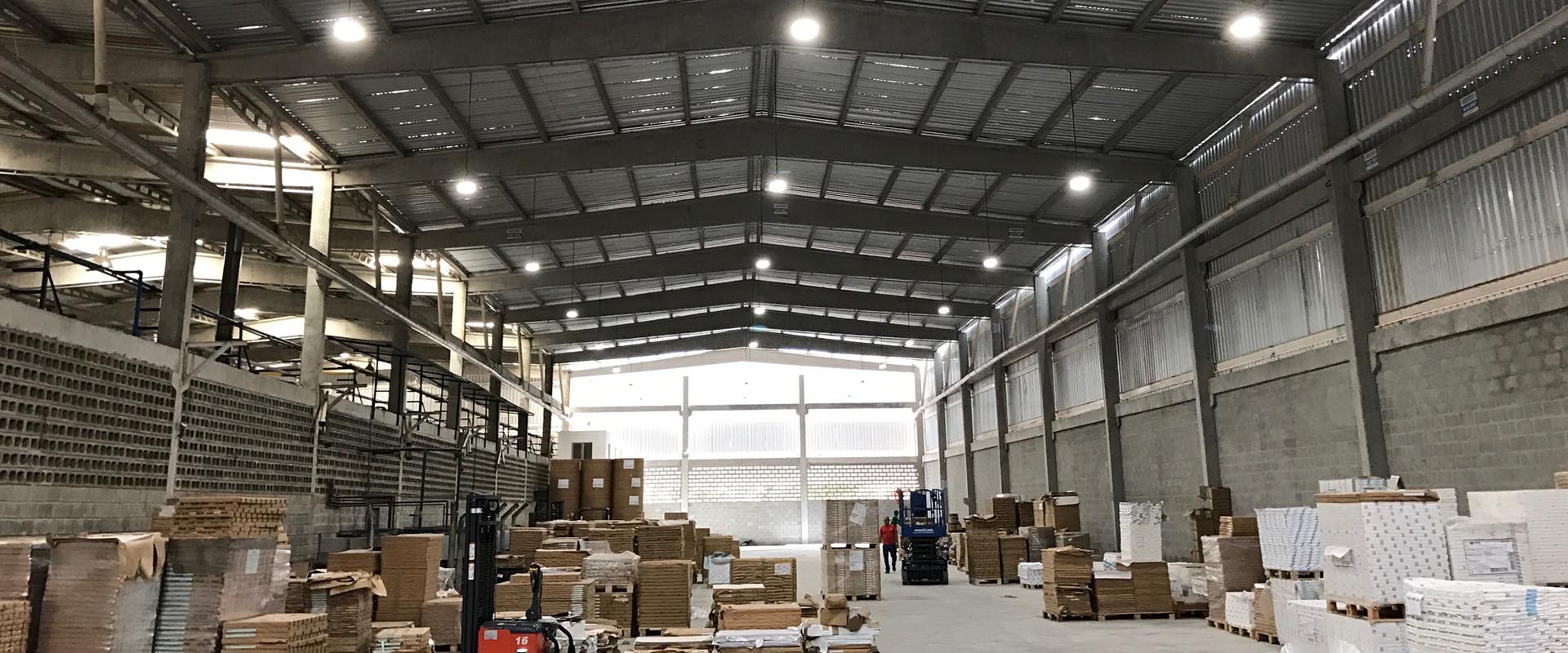
Final Verdict: Are LEDs Really Safe?
Absolutely! LED lights pose minimal risk when chosen wisely from quality suppliers. Misunderstandings and misinformation sometimes cause unnecessary concern—but the facts consistently support LEDs’ safety compared to older technologies. Choose LED lights carefully and confidently, knowing your decision greatly benefits your health, comfort, and finances.
If you have any questions or concerns, or if you’re ready to switch to safer, top-quality LEDs, please feel free to reach out to us directly. Our team of lighting experts is here to help.
Request A Free Quote Now!
Send us a message if you have any questions or request a quote. We will get back to you ASAP!



